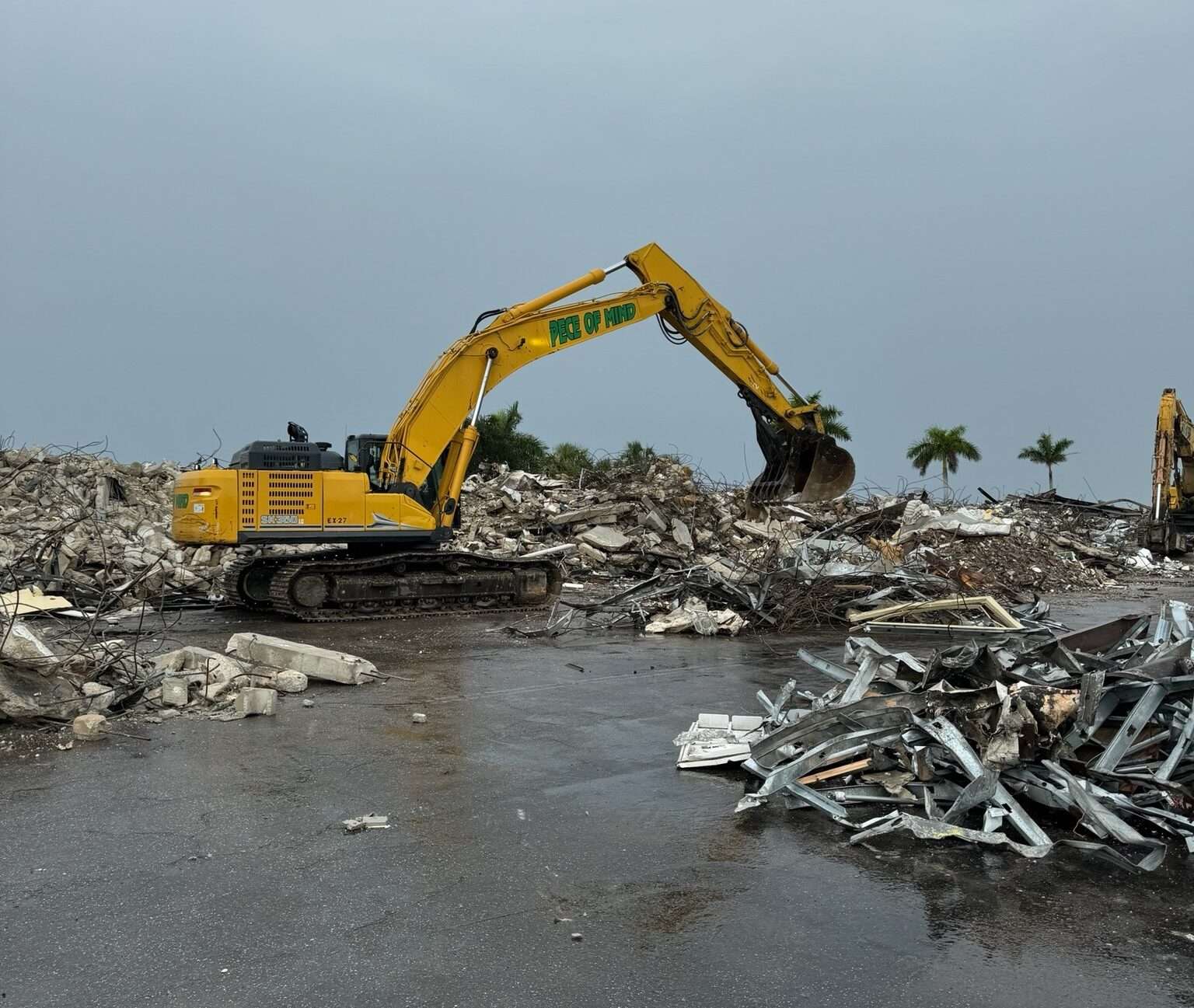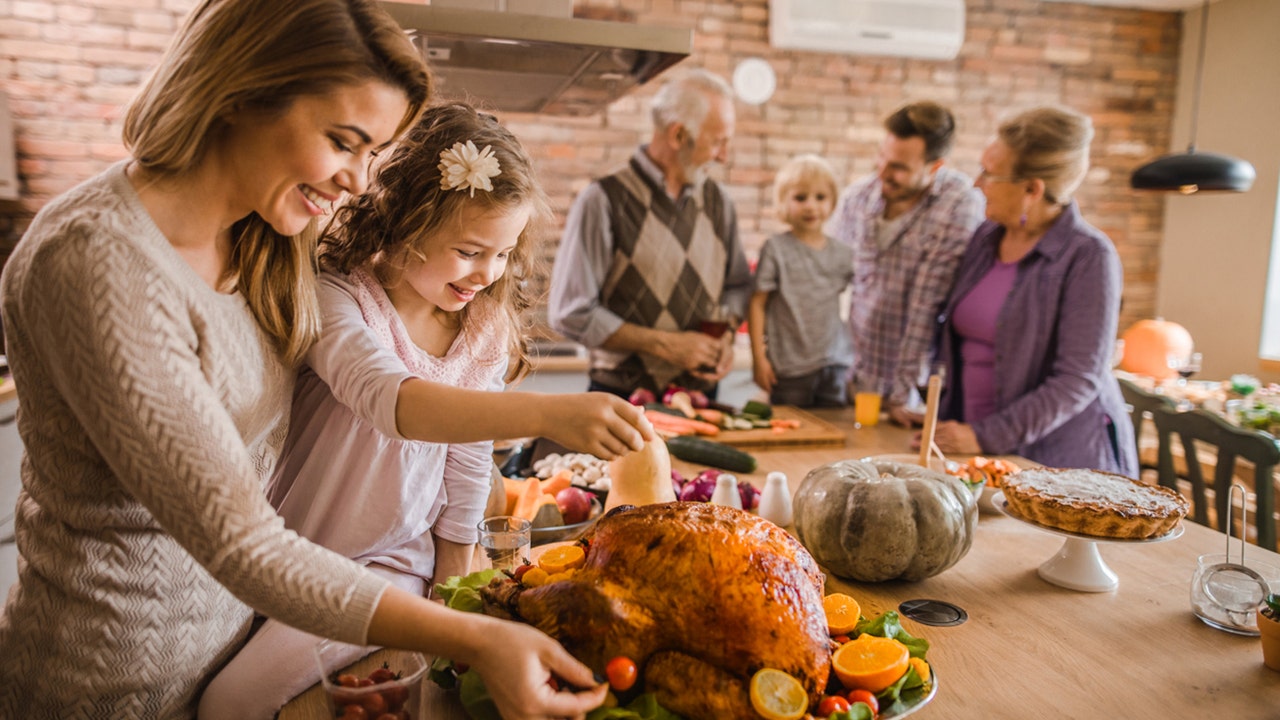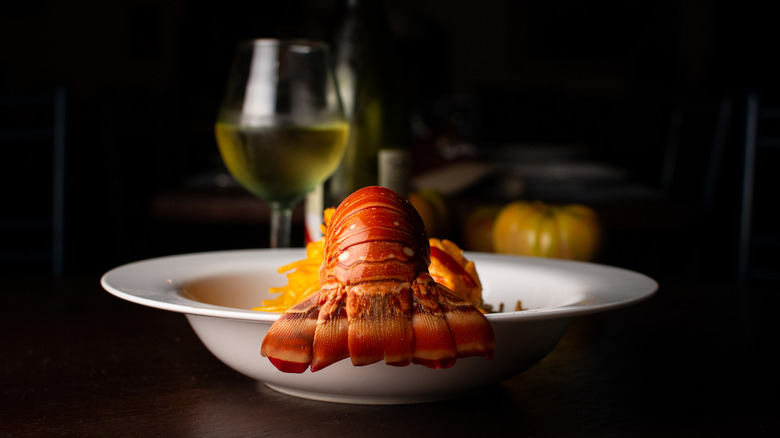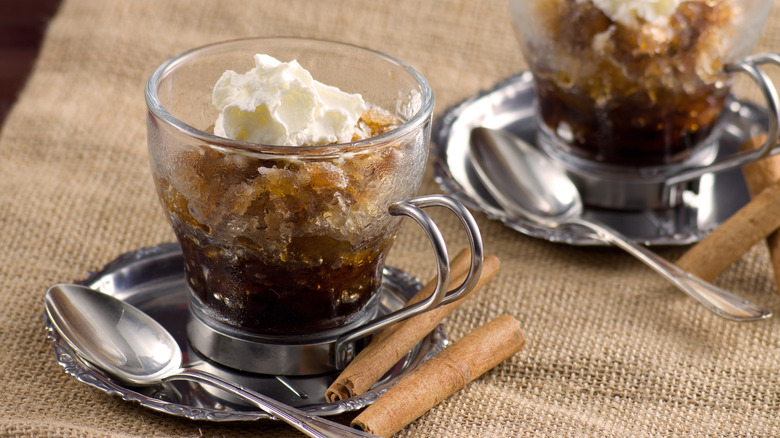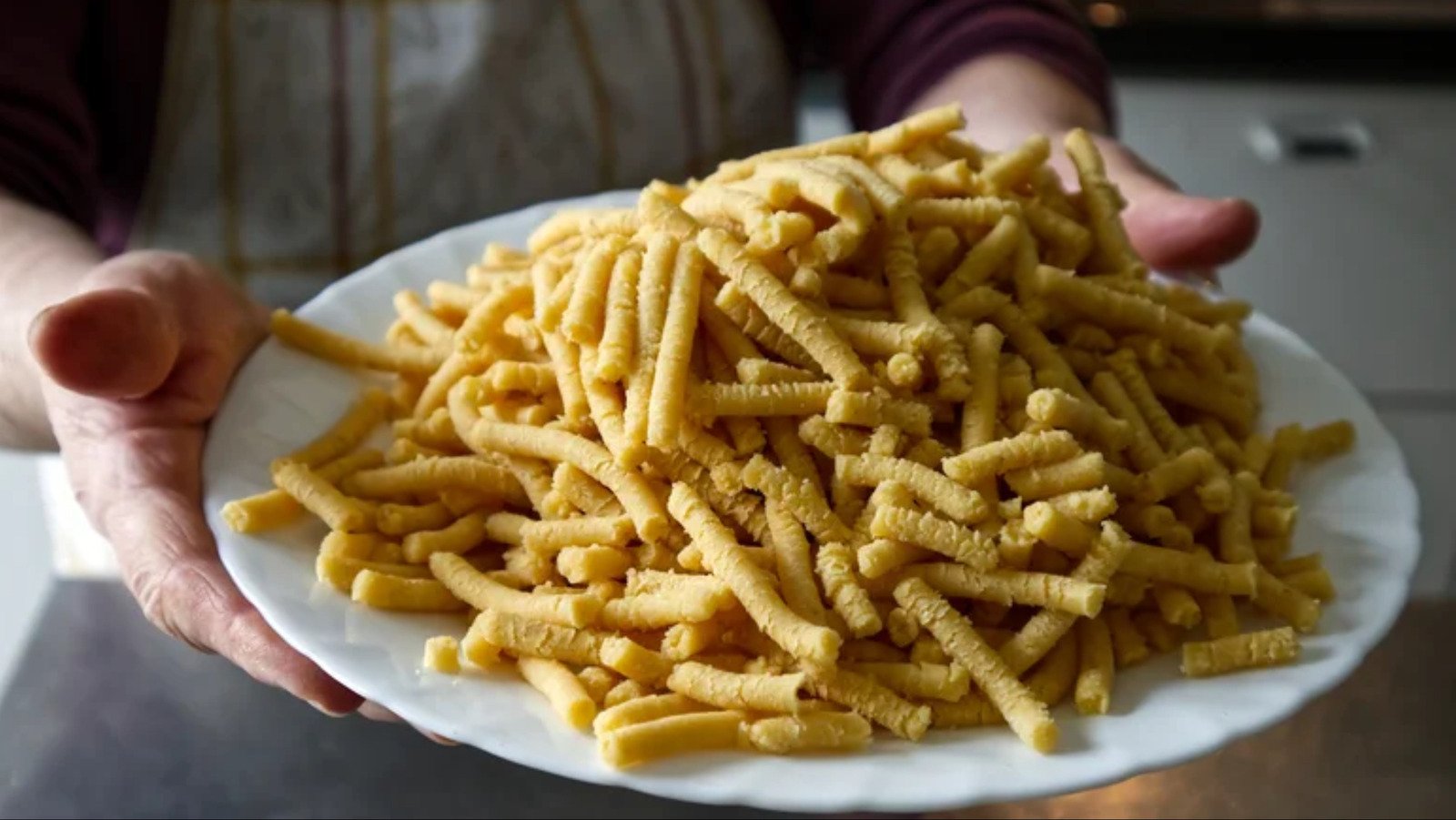The Pillowy Pasta You Can Make From Stale Bread
Are you tired of wasting stale bread? Don’t throw it away just yet! In this article, we will explore a unique and delicious recipe that can transform your old bread into a mouthwatering pasta. Imagine having pillowy soft pasta that is both sustainable and budget-friendly. This simple and creative solution will revolutionize your cooking and make a sustainable impact on the environment. So, let’s dive into the world of homemade, recycled pasta made from stale bread!
The Inspiration Behind Bread Pasta
We all know how disappointing it is to stumble upon a sad, forgotten loaf of bread that has gone stale. Most of us are tempted to toss it into the trash, seeing no other purpose for its existence. However, the idea of bread pasta was born out of the desire to reduce food waste and recreate something delicious out of what may seem like a lost cause.
Every cuisine has found unique ways to repurpose stale bread, and pasta is an excellent solution that not only adds a new twist to traditional Italian cuisine but also helps tackle food waste effectively.
Preparing the Stale Bread
To start making bread pasta, you’ll need to gather a few simple ingredients:
- Stale bread (any type)
- Water
- Flour (all-purpose or bread flour)
- Eggs
- Salt
- Optional seasonings (garlic powder, herbs, etc.)
Begin by breaking the stale bread into small pieces and soaking them in water until they become soft. This process will rehydrate the bread and make it pliable enough to transform into pasta. Once the bread has softened, squeeze out the excess water before proceeding.
Forming the Dough
In a large mixing bowl, combine the squeezed bread with flour, eggs, salt, and any optional seasonings you desire. Use your hands to knead the mixture until it forms a pliable dough. Add flour as needed to prevent sticking and achieve the desired consistency. The dough should be soft and slightly tacky.
Cover the dough with a damp cloth and let it rest for about 15 minutes. This resting period allows the gluten in the dough to relax, making it easier to roll and shape.
The Pasta Making Process
Now that the dough has rested, it’s time to transform it into pasta shapes of your choice. You can either roll out the dough and use a pasta cutter to create traditional shapes like spaghetti or fettuccine, or get creative and make unique shapes by hand. Remember to generously flour your work surface to prevent sticking.
Once the pasta shapes are formed, they can be cooked immediately or left to dry for later use. If you choose to dry the pasta, lay it out in a single layer on a baking sheet lined with parchment paper, and let it air dry for 24-48 hours.
Cooking and Serving
To cook the bread pasta, bring a large pot of salted water to a boil. Add the pasta and cook for a few minutes until it floats to the top, indicating it’s ready. Taste a piece to ensure it’s al dente, then drain the pasta and rinse it briefly with cold water to stop the cooking process.
Now, it’s time to serve and enjoy your homemade pillowy pasta! Toss it with your favorite pasta sauce, add some grated cheese, and perhaps a sprinkle of herbs. The texture of the bread pasta will pleasantly surprise you, as it remains tender and absorbs the flavors of the sauce beautifully.
The Sustainable Impact
By turning stale bread into pasta, you’re actively contributing to reducing food waste. This sustainable practice helps alleviate the strain on landfills and makes use of ingredients that would otherwise go to waste. Additionally, this homemade pasta is a budget-friendly alternative to store-bought options, as it utilizes simple and affordable ingredients.
Conclusion
Next time you come across a forgotten loaf of stale bread, don’t despair. Instead, embrace the opportunity to turn it into delectable pasta. With just a few additional ingredients and a bit of creativity, you can create a sustainable and mouthwatering meal. So, put on your chef’s hat, gather those leftover bread pieces, and let the magic of bread pasta unfold in your kitchen.
*Source www.foodrepublic.com






